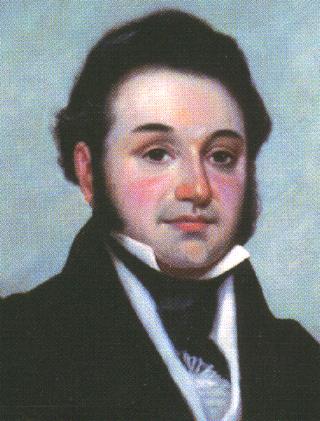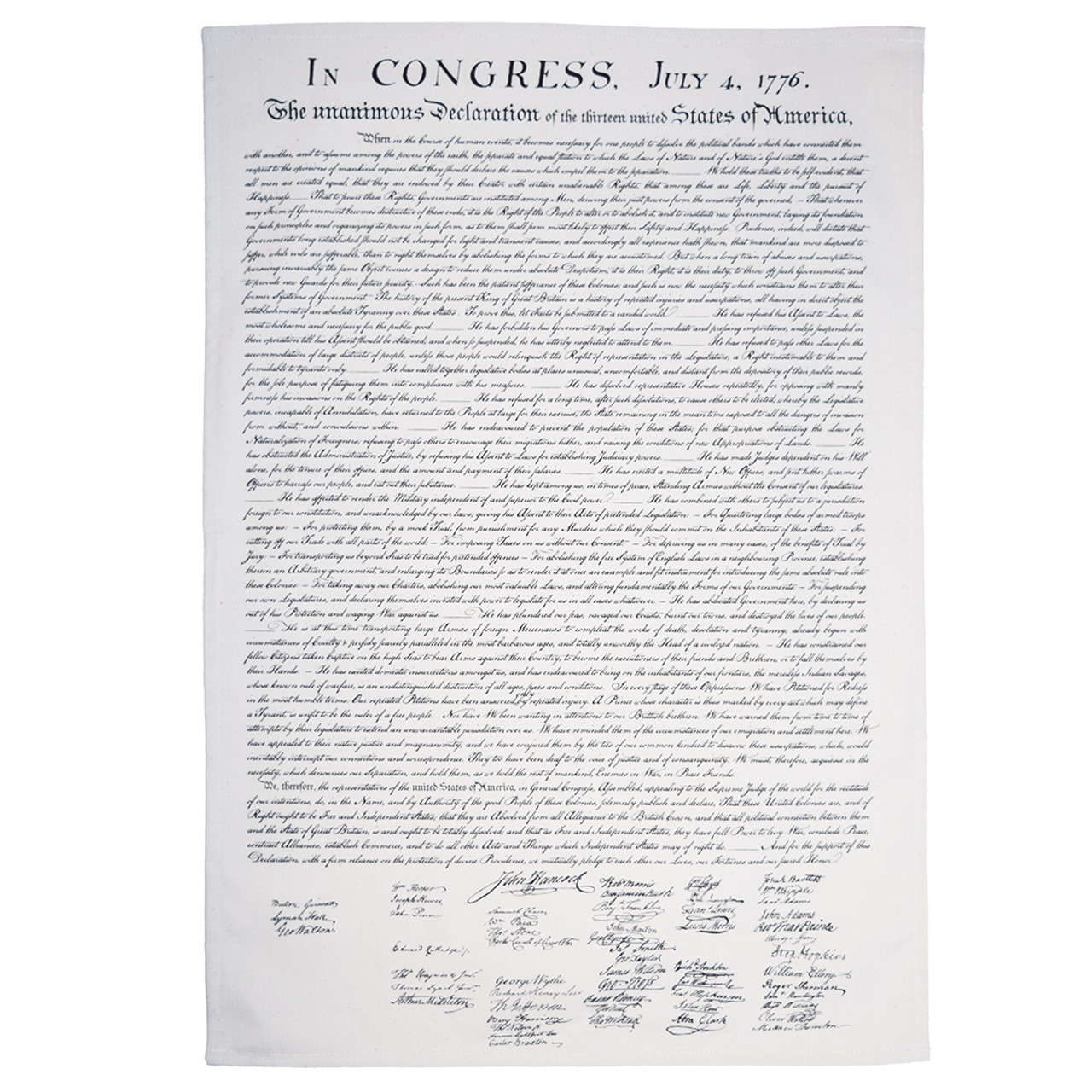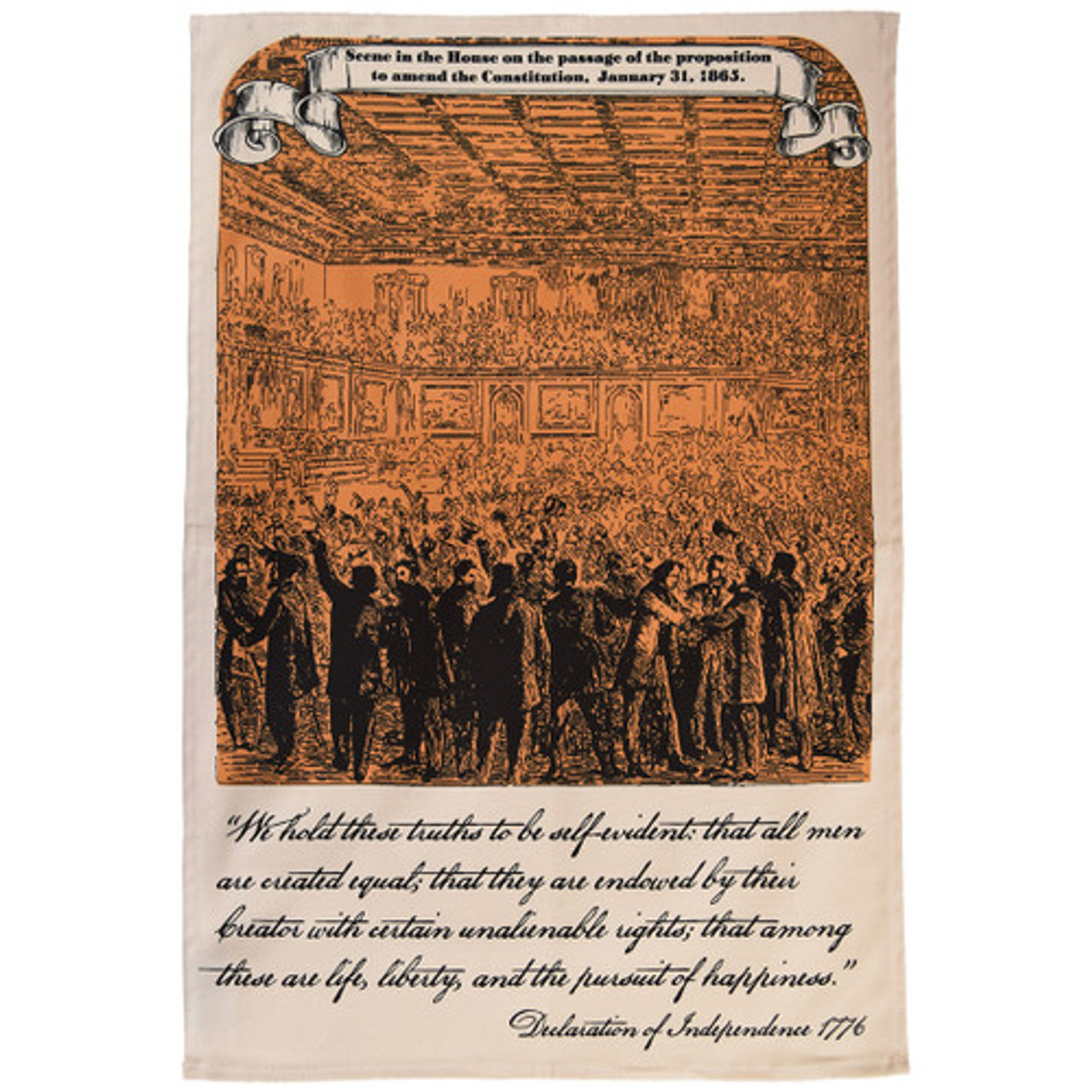Lorenzo de Zavala: The Mexican Immigrant Who Helped Birth Two Countries
Posted by Pete on Oct 3rd 2024
A 19th century Mexican idealist helped birth two countries, only one of which survived
The first vice-president of Texas was a Mexican.
Lorenzo de Zavala, born on this day in 1788, fought for the independence of México from Spain during the 1810s and 1820s, then, during the 1830s, he fought for the independence of Texas from México.
Few people better represent how migration and diversity have been essential to the American republics ever since their revolutionary beginnings.

Lorenzo de Zavala
Zavala was born in Yucatán in what was then the Spanish-ruled colony of ‘New Spain.’ He was descended from colonists from the Basque region, and his dad was a lawyer for the colonial authorities.
Zavala, on the other hand, became a revolutionary after the Spanish American Wars of Independence broke out in 1808.
New Spain actually remained, for the most part, under Spanish control during the 1810s, after the popular revolution led by Miguel Hidalgo was crushed by the colonial government.
But Spain was having its own democratic revolution during these years, too, as part of the popular resistance to Napoleon’s invasion of the Iberian Peninsula.
Mexican radicals like Zavala took advantage of this opening to agitate for more decolonisation within the Spanish empire.
Zavala began publishing a number of newspapers calling for popular sovereignty and other democratic reforms in New Spain.
Zavala’s activism landed him in trouble once reactionaries briefly regained power in Spain after 1814, and he was thrown in jail.
But the return to power of the Spanish liberals in 1820 gave Zavala the opportunity to be elected to the new imperial parliament in Madrid, where he pushed for the equality of the American provinces.
Many Central and South American revolutionaries in the 19th century viewed the United States as a model of modern, democratic government
See the Declaration of Independence Tea Towel
Zavala’s experiment with Spanish parliamentarism didn’t last long either, though.
In 1821, when Agustín de Iturbide, a Mexican-born general in the Spanish army, switched sides and declared for Mexican independence, Zavala went back across the Atlantic to join the revolution at home.
Zavala became a member of the radical wing of the new Mexican congress, favouring republican politics and the devolution of power to the local states.
When Iturbide, corrupted by power, declared himself ‘Emperor’ of México, Zavala became an important leader in the movement that quickly overthrew him and created a new republic in 1823.
Then, in 1824, Zavala was one of the main writers of the new Mexican constitution, supporting measures which included popular sovereignty and the abolition of slavery.
But soon enough, Zavala was on the wrong side of the regime again. When Mexican conservatives regained control of the government in 1829, he was forced into exile.
Zavala went north, to travel the United States of America.
Zavala wrote the abolition of slavery into the Mexican constitution in 1824, something the US would only achieve with the Thirteenth Amendment over 40 years later
See the Reconstruction Amendments Tea Towel
The young American Republic had been a valuable staging post for Mexican revolutionaries during the 1810s and 1820s, where they were allowed to gather and organise.
Lots of Mexicans, like Zavala, viewed the US as the model of a modern, democratic republic, and he went there to try to learn lessons for how to beat the conservatives and monarchists at home in Mexico.
But the conservative wing of Mexican politics, now led by Antonio López de Santa Anna during the mid-1830s, seemed stronger than ever.
So, in 1835, Zavala went to Texas.
He joined the rebellion against the Mexican government there, which was being led by Anglo-American settlers like Stephen Austin and Sam Houston.
But Zavala, perhaps naively, wasn’t fighting for the sort of
US invasion and conquest that actually later took place in the 1840s, and its ideology of ‘Anglo-Saxon’ racism.
Initially, Zavala hoped that the Texan uprising could inspire and be part of an all-Mexico democratic revolution.
Once it became obvious that wasn’t happening, though, Zavala tried to turn Texas into a model liberal republic in North America, independent of both México and the US, and showing the possibility for a multicultural republicanism in the Americas.
WEB Du Bois wrote movingly of the contradictions between the US's 18th and 19th century ideals of freedom and republicanism, and the reality of discrimination for non-whites
See the W.E.B. Du Bois Tea Towel
Zavala was chosen to be vice-president of the ‘Lone Star State,’ he designed its flag, and he co-wrote its constitution, making Zavala the only person to ever author two different national constitutions.
Zavala died of pneumonia in 1836, before Texan independence collapsed into US expansionism and ‘manifest destiny.’
Embodying the cosmopolitan, migratory, and frequently utopian politics of the age of revolutions, Lorenzo de Zavala also symbolises the multicultural founding of what became the United States.



